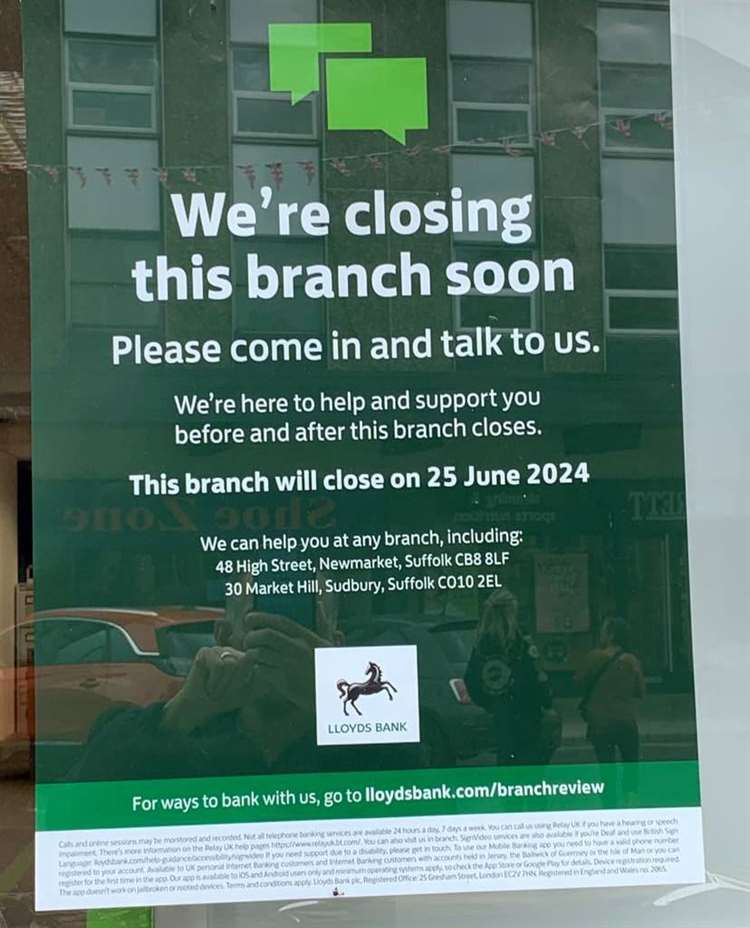Lloyds Banking Group is closing another 55 branches, bringing the total number of closures to nearly 300 by 2026. This includes branches of Lloyds Bank, Halifax, and Bank of Scotland in towns from Surbiton to Port Talbot.
So why all the closures? Well, Lloyds is making some big changes to cut costs and encourage customers to use online and mobile banking instead of popping into a branch. According to the bank, the number of transactions happening in these 55 branches has dropped by 55% in the last five years, while more and more people are using their app to manage their money.
By the end of 2026, Lloyds will be left with 892 branches: 447 Lloyds Bank sites, 341 Halifax locations, and 104 Bank of Scotland spots. But don’t worry if your local branch is closing! There will still be ways to access cash and banking services, like Post Offices or ATMs that won’t charge you for withdrawals.
Lloyds says that no jobs will be lost because of these closures. Instead, staff will be offered other roles within the company, like working in other branches or from home, handling online and phone banking. The union representing Lloyds employees, Accord, reassures that they have a good record of finding new roles for staff whenever branches close.
But Accord’s general secretary, Ged Nichols, wants people to remember that bank branches do more than just handle cash – they’re important to local communities. He thinks that instead of simply closing branches, banks should focus on helping people who might struggle with digital banking or need help accessing benefits like pension credits.
In response to these changes, Lloyds and other major banks like HSBC, NatWest, and Santander have agreed to open 350 “banking hubs” by the end of parliament. These hubs will allow customers to do things like deposit cash, pay in cheques, and chat with a banker face-to-face, no matter which bank they’re with. They’re even thinking about adding printers to the hubs, so people can print off their bank statements or other important documents.
Tulip Siddiq, a government minister, thinks these banking hubs are essential for towns that have lost their last branch. “I’m confident the banks will stick to their promise and work harder to support local communities,” she said.
So, while it might seem like the end of an era for some high street branches, it’s all part of the shift toward a more digital future!










